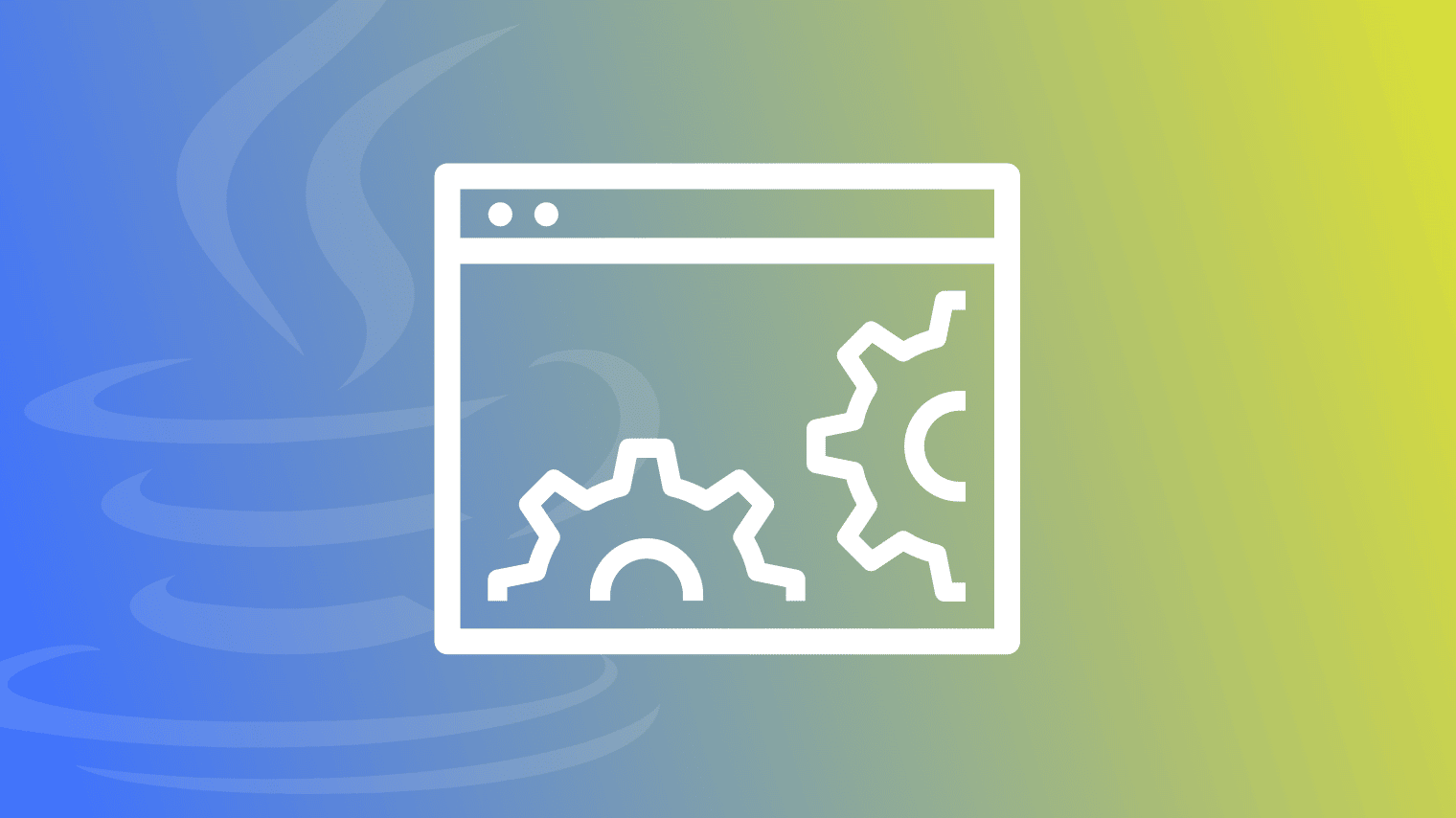An intuitive user interface is a hallmark of any decent business. But in order for the frontend of applications to work smoothly, you must also consider the backend. Backend development, also called server-side development, handles the behind-the-scenes functions of web development – things like interactions with databases, authorizing users and routing URLs.
As the most popular programming language for over 20 years, Java has a whole host of backend frameworks, but their reliability and versatility vary widely. Today’s most popular Java backend frameworks are:
- Spring Framework
- Struts
- Hibernate
This list is based on usage from Hotframework.com's Java ranking and several other sources including blog posts and GitHub download numbers. All three of these frameworks have a strong programmer community surrounding them, but each brings its own strengths and weaknesses to the table.
Java Backend Frameworks – Quick Comparison
| Strengths | Weaknesses | |
|---|---|---|
| Spring Framework | 1. Many ready-made components that are helpful for web apps 2. DI and IoC create flexible configurations 3. Easy to expose RESTful services |
1. Many dependencies 2. The wealth of options can lead to confusion 3. Learning curve since it can do so much |
| Struts | 1. A good starting point for beginners 2. Provides great flexibility with its unique MVC model 3. Less development time and easier to maintain |
1. Not as many resources are available as compared to others 2. Less transparency means that apps using Struts are harder to optimize |
| Hibernate | 1. Data-focused 2. Its use of abstraction layers makes data configuration much easier 3. Has the capability to generate primary keys automatically |
1. Only used to communicate with your database 2. Slower than pure JDBC 3. Debugging and fine-tuning performance can be difficult |
1. Spring
The Spring Framework is one of the most robust and versatile backend frameworks. It contains several different modules that provide programmers with a variety of application tools. This framework uses the concepts of Dependency Injection and Inversion of Control to configure application components in loose couplings, helping to give the application more flexibility in its responses.
Spring also provides a data access framework that eases many of the difficulties of working with application database, including:
- Resource management and unwrapping
- Exception handling
- Transaction participation
Unfortunately, since Spring is such a robust framework that can provide so many options, there is a steep learning curve. The complexity of the framework and the wealth of options can lead to confusion, especially for junior developers.
2. Struts
The goal of Apache Struts is to make web development easier by reducing XML configuration and providing conventions instead of configuration. Strut uses the Model-View-Controller (MVC) pattern to provide clean designs that are easy to implement.
This pattern's three components each play a pivotal role in helping applications run smoothly:
- Model components are what the program relies on to exist in a remote database.
- Views are used to manage interactions with users.
- Controllers are used to implement rules that are dependent on user input.
Using this pattern means that there is no business-specific processing within the presentation or view of the webpage, making this Java backend framework easier for beginners.
3. Hibernate
Another popular Java backend framework is Hibernate, a framework that provides an abstraction layer for interacting with your database, from establishing connections to implement CRUD operations. It’s worth noting that Hibernate is not meant to fix many of the issues with Java Database Connectivity (JDBC) and is not a fully independent framework. However, its support of object-level relationships and its abstraction layer makes JDBC much easier to use.
Final Thoughts
Java continues to prove itself to be adaptable and viable. If you’re an experienced developer, you should learn and make the most out of Spring. For smaller projects or for those with less programming experience, use Struts. To easily interact with databases, use Hibernate. All of these frameworks are popular, supported by a wide community of developers and will make your backend operations much easier.



